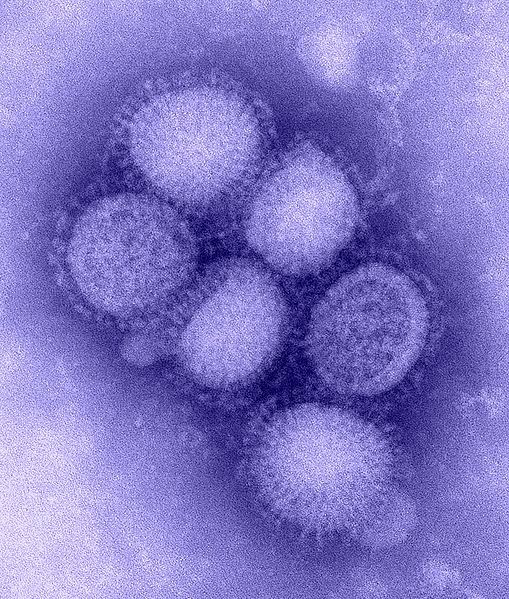-
 Gene amplification
Gene amplification
-
 Hypothalamic paraventricular nucleus
Hypothalamic paraventricular nucleus
-
 Variable star
Variable star
-
 Brood
Brood
-
 Concrete
Concrete
-
 Sorosilicates
Sorosilicates
-
 Transgenic plant
Transgenic plant
-
 Saffir-Simpson Scale
Saffir-Simpson Scale
-
 Vagina
Vagina
-
 Polysynthetic
Polysynthetic
-
 Special protection area
Special protection area
-
 Microgravity
Microgravity
-
 Triazine
Triazine
-
 Clinical history
Clinical history
-
 Tilia cordata
Tilia cordata
-
 Phoresy
Phoresy
-
 Baseband
Baseband
-
 Ampere
Ampere
-
 Monkey puzzle tree
Monkey puzzle tree
-
 Lesser celandine
Lesser celandine
-
 Bamako Convention
Bamako Convention
-
 Nebula
Nebula
-
 Neoformation
Neoformation
-
 Monoclonal
Monoclonal
-
 Codet
Codet
-
 Composite
Composite
-
 Melanin
Melanin
-
 Cotylopus acutipinnis
Cotylopus acutipinnis
-
 Fish-eye
Fish-eye
-
 Epoxide
Epoxide
Influenza virus
The influenza virus (Myxovirus influenzae) belongs to the Orthomyxoviridaefamily and Influenza virusgenus.
Features of the influenza virus
The influenza virus has a single strand negative polarity RNA genome composed of 8 segments containing 900 to 2,300 bases. The whole genome contains 13,500 bases. The genome codes for 11 proteins.
The viral particle contains the 8 RNA segments, encapsulated in viral proteins. These are all surrounded by a protein matrix layer and enveloped in a cell membrane forming a viral particle 80 to 120 nanometres in diameter. Two viral proteins are anchored in the envelope and determine the viral type: haemagluttinin (H) and neuraminidase (N). There are 16 types of haemagluttinin and 9 types of neuraminidase.
There are strains of influenza A, B and C, all of which infect human beings although they also infect other animals.
Influenza virus and influenza
The virus attaches to respiratory system cell receptors via haemagluttinin. After the virus has been endocytosed, the RNAs are transported towards the cell nucleus where transcription of the messenger RNA takes place. Replication of viral RNA and protein translation ultimately results in the production of new viral particles that can be excreted to colonise other cells.
 The influenza virus is a structure composed of RNA and viral proteins enveloped in a membrane. © DR
The influenza virus is a structure composed of RNA and viral proteins enveloped in a membrane. © DR
Latest
Fill out my online form.



